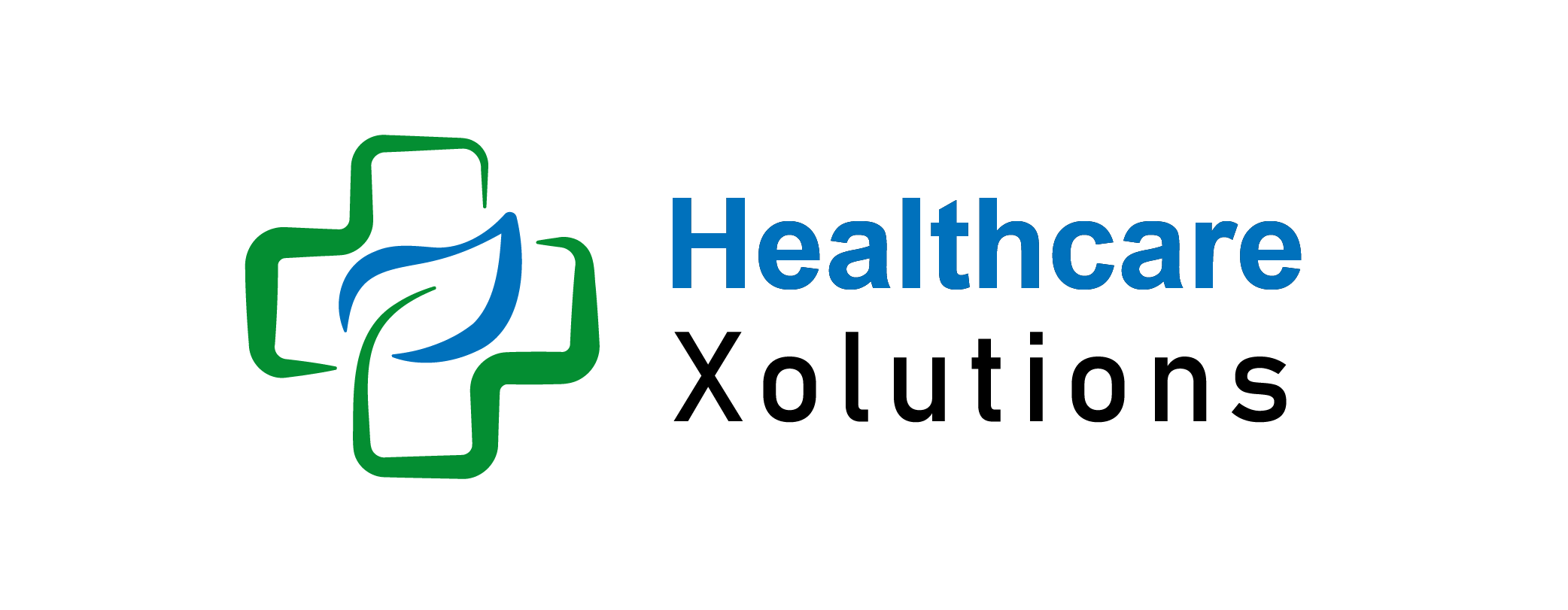Health Insurance Networks Explained: How They Work and Save Your Money?

Understanding health insurance networks is essential for making informed healthcare decisions. These networks influence your medical expenses, access to providers, and overall healthcare experience. This article explains how health insurance networks function, their various types, and strategies to maximize your benefits while minimizing costs.
This article will explain how health insurance networks work, their types, and how they save you money while helping you avoid costly mistakes.
Read More: Top Tips To Choose Family Health Insurance | Complete Guide
Key Takeaways:
- Health Insurance Networks: Groups of healthcare providers contracted with insurers to offer services at negotiated rates, reducing costs for members.
- Types of Networks: Common types include Health Maintenance Organizations (HMOs), Preferred Provider Organizations (PPOs), Exclusive Provider Organizations (EPOs), and Point of Service (POS) plans, each varying in flexibility and cost.
- Cost Savings: Utilizing in-network providers typically results in lower out-of-pocket expenses due to pre-negotiated rates between insurers and providers.
- Provider Access: Network types influence your choice of healthcare providers; some plans require referrals or limit coverage to in-network services.
- Plan Selection: Understanding the differences between network types is crucial for selecting a health insurance plan that aligns with your healthcare needs and financial situation.
Table of Contents
What Is A Health Insurance Network?
A health insurance network comprises healthcare providers—doctors, hospitals, pharmacies—that have agreements with an insurance company to offer services at negotiated rates. These arrangements help insurers control costs and provide insured individuals with access to affordable care.
Types Of Health Insurance Networks:
1. Health Maintenance Organization (HMO):
How it works: Requires selecting a primary care physician (PCP) and obtaining referrals for specialists. Coverage is generally limited to in-network providers, except in emergencies.
Best for: Individuals seeking lower premiums and predictable costs.
2. Preferred Provider Organization (PPO):
How it works: Offers flexibility in choosing providers, with better coverage for in-network care. Referrals are typically not required.
Best for: Those who prefer the freedom to see any provider, in or out of the network.
3. Exclusive Provider Organization (EPO):
How it works: Covers only in-network providers, except for emergencies. Referrals may be optional.
Best for: Individuals seeking a balance between cost savings and provider flexibility.
Point of Service (POS)
How it works: Combines HMO and PPO features. Requires a PCP and referrals for specialists but allows out-of-network care at a higher cost.
Best for: Those desiring a mix of cost control and flexibility.
How Health Insurance Networks Save You Money:
Insurance companies negotiate discounted rates with in-network providers, leading to lower service costs. Utilizing in-network providers results in reduced out-of-pocket expenses and higher insurance coverage percentages, helping you avoid unexpected billing surprises.
Key Terms To Know:
- In-Network Providers: Healthcare providers contract with your insurer to offer services at discounted rates.
- Out-of-Network Providers: Providers who are not contracted with your insurer; their services typically cost more.
- Deductibles: The amount you pay out-of-pocket before your insurance begins to cover expenses.
- Co-payments: Fixed amounts paid for specific services, such as $20 for a doctor’s visit.
- Co-insurance: The percentage of costs you pay after meeting your deductible.
Choosing The Right Plan And Network:
To select a health insurance plan that suits your needs:
- Check Provider Availability: Ensure your preferred doctors and hospitals are in-network.
- Evaluate Costs: Balance premiums, deductibles, and co-pays with your budget.
- Consider Flexibility: Decide if access to out-of-network providers is worth potential higher costs.
- Verify Coverage: Confirm the network covers your geographic area and any travel needs.
Challenges Of Health Insurance Networks:
- Limited Provider Options: Some networks may restrict your choice of healthcare providers.
- Surprise Billing: Unexpected out-of-network charges can occur, especially during emergencies.
- Network Changes: Providers may leave networks, affecting your access to certain healthcare services.
Tips For Maximizing Your Health Insurance Benefits:
- Verify In-Network Providers: Always confirm that your healthcare provider is in-network before receiving services.
- Understand Your Coverage: Familiarize yourself with your plan’s terms, including co-pays, deductibles, and coverage limits.
- Leverage Online Tools: Use insurer-provided tools to find providers and estimate costs.
- Plan Routine Care: Schedule non-urgent care with in-network providers to minimize expenses.
Conclusion:
Health insurance networks play a vital role in managing medical costs and accessing quality care. By understanding how these networks operate and selecting a plan that aligns with your healthcare needs, you can make informed decisions that save money and enhance your healthcare experience. Regularly reviewing your plan and staying within your network when possible are key strategies for effective healthcare management.
FAQs:
1. What happens if I see an out-of-network provider?
You may incur higher costs, as insurance might cover only a small portion or none of the expenses.
2. Can I switch my health insurance network mid-year?
Typically, changes are allowed during open enrollment or special enrollment periods triggered by qualifying life events.
3. How do I know if my doctor is in-network?
Use your insurance company’s online provider directory or contact customer service to verify your doctor’s network status.
4. Do all health insurance plans include networks?
Most plans have networks, but some, like indemnity insurance, allow visits to any provider, often at higher costs.
